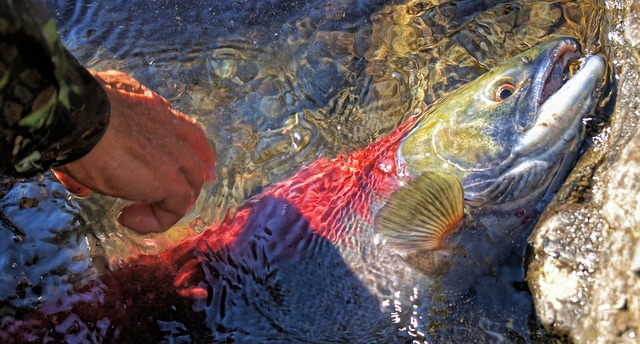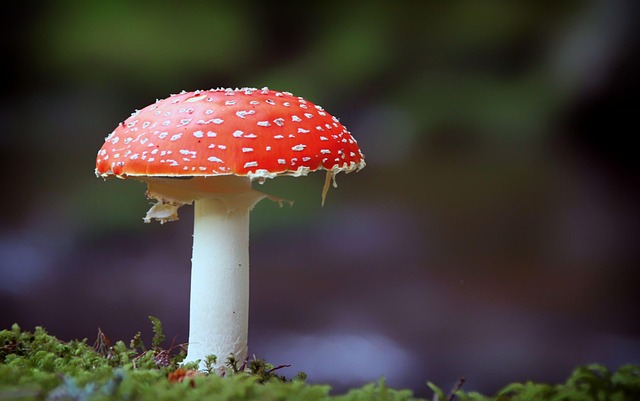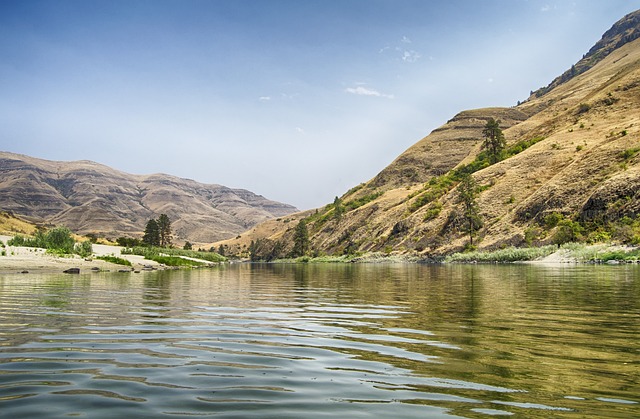Lane County, Oregon, boasts a rich history as a premier salmon fishing destination, but overfishing and environmental degradation have impacted its wild salmon populations. Conservation efforts focus on protecting critical habitats, managing fisheries responsibly, and educating the community. These initiatives include stream restoration, pollution reduction, and no-trammel zones to ensure sustainable fish populations. Community involvement, habitat restoration, and strategic management are key to preserving the ecological balance, local fishing industries, and cultural heritage for future generations while promoting Lane County salmon fishing conservation.
“Lane County, Oregon, boasts a rich history of salmon fishing, but environmental challenges threaten its precious fishery. This article delves into the intricate world of Lane County’s salmon conservation efforts. We explore the historical perspective, from past abundance to current population struggles, and highlight the impact of various environmental factors.
Through this lens, we examine successful conservation initiatives, emphasizing habitat protection and community engagement. We discuss strategies to safeguard rivers, streams, and coastal areas while fostering sustainable fishing practices. Discover how these efforts shape the future of Lane County’s iconic salmon fishery.”
- Understanding Lane County's Salmon Fishery: A Historical Perspective
- The Impact of Environmental Factors on Salmon Populations
- Conservation Efforts and Their Significance in Lane County
- Protecting Habitat: Rivers, Streams, and Coastal Areas
- Community Involvement and Education for Sustainable Fishing
- Future Prospects: Long-term Strategies for Conserving Salmon in Lane County
Understanding Lane County's Salmon Fishery: A Historical Perspective

Lane County, with its abundant rivers and streams, has long been a haven for salmon fishing enthusiasts. Historically, the region’s waterways teemed with vibrant populations of Chinook, Coho, and Steelhead salmon, attracting both local anglers and visitors from far and wide. This rich fishing heritage dates back centuries, with Native American tribes utilizing these waters for sustenance and cultural practices. European settlers later established thriving commercial fishing industries, further solidifying Lane County’s place in the history of Oregon’s salmon fishery.
Over time, however, overfishing, habitat degradation, and environmental changes took a toll on the region’s salmon populations. In response, conservation efforts have become paramount to ensuring the sustainability and resilience of Lane County’s salmon fishing. Today, these initiatives focus on protecting critical habitats, managing fisheries responsibly, and educating the community about the importance of balanced ecosystems for healthy salmon runs.
The Impact of Environmental Factors on Salmon Populations

In Lane County, the health of salmon populations is intricately linked to a myriad of environmental factors that play a significant role in their survival and abundance. Key elements include water quality, stream flow, habitat conditions, and overall ecosystem balance. These factors are influenced by both natural processes and human activities, with proper conservation measures crucial for maintaining sustainable salmon fishing. For instance, pollution, altered water flows due to climate change, and destruction of riparian habitats can severely impact salmonid reproduction and migration patterns.
Lane County’s successful salmon fishing conservation efforts focus on addressing these challenges. This involves implementing strategies such as stream restoration projects that enhance natural habitat, improving water quality through reduced pollution, and carefully managing access and fishing practices to ensure the long-term viability of local salmon populations. By protecting and restoring these vital environmental conditions, the county aims to preserve not only a cherished natural resource but also an integral part of its cultural heritage for future generations to enjoy.
Conservation Efforts and Their Significance in Lane County
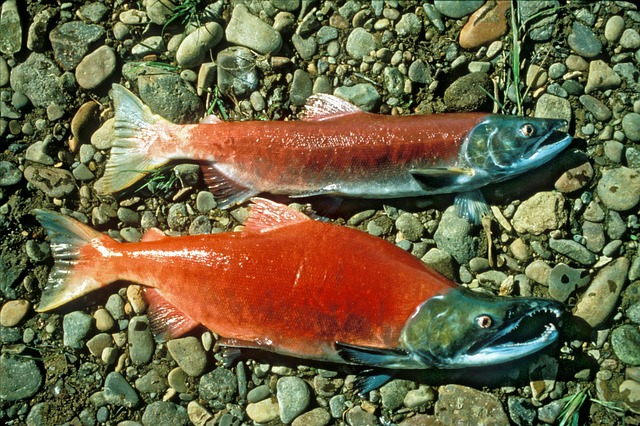
Lane County, known for its stunning natural landscapes and rich biodiversity, has made significant strides in Lane County salmon fishing conservation. The region’s vibrant ecosystem, particularly its rivers and streams, is a haven for wild salmon populations. However, these fish face numerous challenges from habitat degradation to climate change. In response, local communities, environmental organizations, and government agencies have united to implement robust Lane County salmon fishing conservation measures. These efforts include river restoration projects aimed at enhancing water quality and creating suitable breeding grounds.
The significance of these conservation efforts cannot be overstated. By protecting and restoring the habitats that sustain wild salmon populations, we ensure the long-term viability of this vital species. This not only safeguards the delicate ecological balance but also preserves a beloved recreational activity for residents and visitors alike. Furthermore, sustainable Lane County salmon fishing conservation practices enable responsible stewardship of these natural resources for future generations.
Protecting Habitat: Rivers, Streams, and Coastal Areas
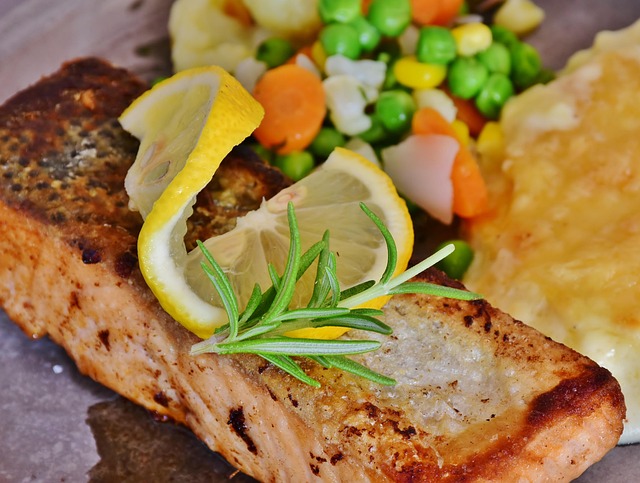
In the context of Lane County salmon fishing conservation, protecting habitat is paramount. This includes preserving the intricate network of rivers, streams, and coastal areas that serve as vital breeding grounds and feeding habitats for salmon populations. The health of these ecosystems directly impacts the sustainability of local salmon fishing industries and ecological balance.
Efforts to safeguard these habitats involve various strategies such as implementing no-trammel zones, restoring natural river flows, and mitigating pollution sources. By safeguarding these crucial environments, conservationists aim to ensure a steady and healthy supply of salmon for both wild populations and the recreational and commercial fishing communities that depend on them in Lane County.
Community Involvement and Education for Sustainable Fishing
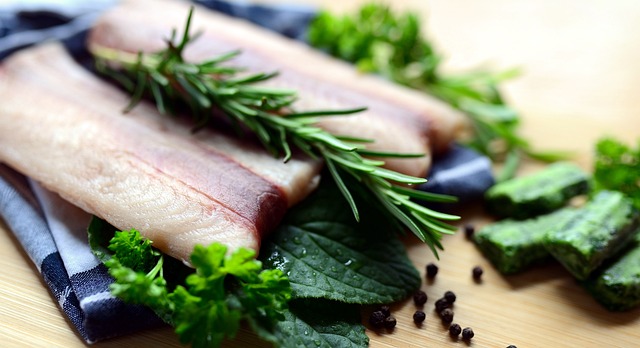
In Lane County, salmon fishing conservation thrives on community involvement and education. Local initiatives focus on teaching residents and visitors alike about the importance of sustainable fishing practices. These efforts include hands-on workshops, educational programs in schools, and public awareness campaigns that highlight the delicate balance between enjoying a rich fishing heritage and preserving healthy salmon populations for future generations.
By engaging the community, conservationists aim to foster a deep appreciation for the local ecosystem. This includes understanding the life cycles of salmon, their habitat needs, and how human activities can impact these fragile environments. Through active participation in these learning opportunities, residents become stewards of Lane County’s natural resources, ensuring that salmon fishing remains a vibrant tradition while protecting the environment for years to come.
Future Prospects: Long-term Strategies for Conserving Salmon in Lane County

The future of Lane County’s salmon fishing depends on ongoing conservation efforts and long-term strategies to ensure sustainable populations. One key prospect is habitat restoration, focusing on revitalizing rivers and streams that have been impacted by human activities. This involves implementing measures such as improving water quality, enhancing riparian areas, and restoring natural river flows to create ideal conditions for salmon breeding and rearing. By collaborating with local communities, farmers, and landowners, these efforts can mitigate the effects of agriculture, urban development, and infrastructure projects on aquatic ecosystems.
Additionally, Lane County salmon fishing conservation should emphasize the protection and management of fish populations. This includes sustainable harvest practices, such as setting catch limits and implementing closed seasons to prevent overfishing. Monitoring programs that track salmon runs, population sizes, and genetic diversity will provide valuable data for informed decision-making. These strategies, combined with public education and engagement, can foster a deep appreciation for the importance of these fish in the local ecosystem and encourage responsible fishing practices, ensuring Lane County’s salmon remain a vital part of its natural heritage for generations to come.

